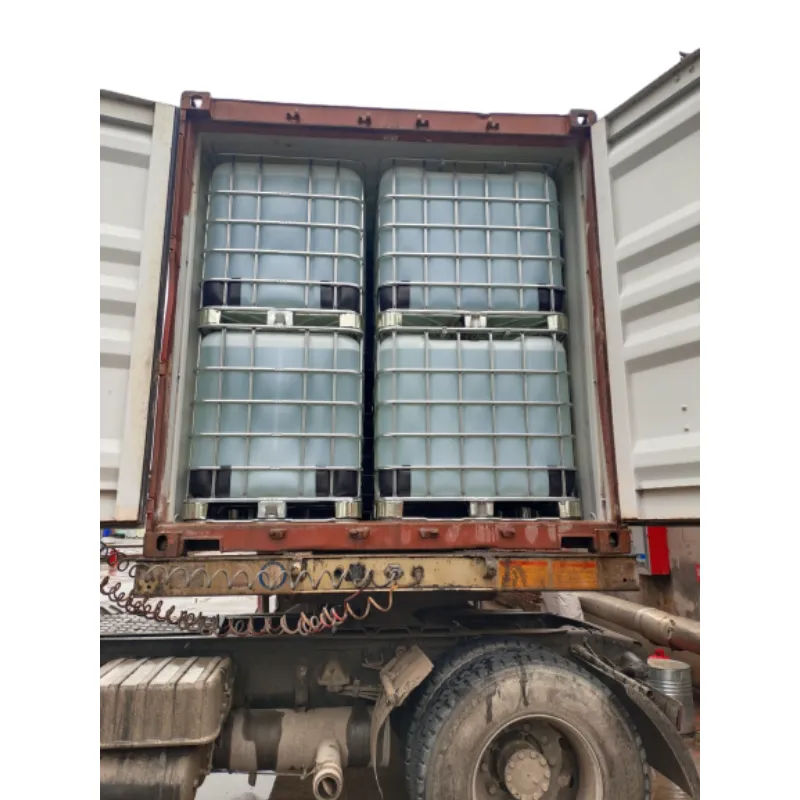
Exploring the Effects and Uses of E450a Food Additive in Modern Cuisine
Understanding E450a The Role of Food Additives in Our Diet
In today’s fast-paced world, the food industry has grown increasingly complex, introducing various ingredients and additives to enhance food quality, shelf life, and taste. Among these additives, E450a, also known as diphosphates, plays a crucial role. Understanding E450a is important for consumers who want to make informed choices about their food.
What is E450a?
E450a is classified as a food additive and falls under the category of phosphates. It is primarily used as a stabilizer, emulsifier, and thickening agent in processed foods. This additive is derived from phosphoric acid and is known for its ability to improve the texture and processing qualities of food products. It is commonly found in various items, including processed meats, dairy products, and baked goods.
Functions of E450a
The primary function of E450a in food products is to bind water and fat, thereby improving the texture and consistency of the food. This property is particularly beneficial in products such as sausages, where it helps retain moisture, preventing dryness and enhancing mouthfeel. Additionally, E450a acts as an emulsifier, which aids in mixing ingredients that would otherwise separate, like oil and water. This is particularly important for salad dressings and sauces, where a uniform consistency is desirable.
Moreover, E450a can help improve the shelf life of products by stabilizing their structure, making them more resistant to spoilage. It also contributes to the anti-caking properties of powdered foods, ensuring that they remain free-flowing and easy to use.
Safety and Regulations
e450a food additive

The safety of food additives, including E450a, is a significant concern for consumers and health organizations. The European Food Safety Authority (EFSA) evaluates food additives for their safety and determines acceptable daily intake levels. So far, studies have shown that E450a is safe for consumption when used within prescribed limits. However, excessive intake of phosphates has been linked to potential health risks, including kidney damage and cardiovascular issues, leading to recommendations for moderation.
In the United States, the Food and Drug Administration (FDA) also regulates food additives, ensuring that they meet safety standards before they can be used in food products. E450a is generally recognized as safe (GRAS) when used properly, which has allowed it to become a widely accepted ingredient in the food industry.
Potential Drawbacks
While E450a offers several benefits, there are also potential drawbacks associated with its consumption. For individuals with certain health conditions, particularly those affecting the kidneys, high phosphate intake may pose a risk. Additionally, some consumers are becoming more health-conscious and prefer to avoid processed foods containing additives like E450a. This shift has led to a growing demand for cleaner labels and minimally processed products.
Furthermore, the advantage of enhanced texture may come at the cost of other nutritional aspects. Relying too much on additives can result in a decreased focus on whole, nutrient-dense foods, which are essential for maintaining a balanced diet.
Conclusion
E450a, as a food additive, plays a vital role in enhancing the quality and safety of many processed food products. While it is generally safe for consumption, consumers should remain aware of its presence in their food and the potential health implications associated with excessive intake. As the demand for transparency in food labeling continues to rise, it is essential for manufacturers to provide clear information about the ingredients in their products. For those keen on maintaining a healthy diet, a balanced approach that emphasizes whole foods while being informed about the use of additives will always be beneficial. Keeping an eye on what goes into our food can lead to better health outcomes and a more conscientious food culture.
-
The Safety Challenges of Ammonium Nitrate FertilizerNewsJun.26,2025
-
The Critical Role of Mining ChemicalsNewsJun.26,2025
-
Shelf Life of Glacial Acetic Acid Food GradeNewsJun.26,2025
-
Enhancing PVC Longevity with 1,2,3-Benzotriazole InnovationsNewsJun.26,2025
-
China’s Dominance in Food Additive ProductionNewsJun.26,2025
-
Can Aluminum Hydroxide Replace More Toxic Alternatives?NewsJun.26,2025
-
PE and PP Plastics with Benzotriazole AdditivesNewsJun.12,2025
Hebei Tenger Chemical Technology Co., Ltd. focuses on the chemical industry and is committed to the export service of chemical raw materials.
-

view more DiethanolisopropanolamineIn the ever-growing field of chemical solutions, diethanolisopropanolamine (DEIPA) stands out as a versatile and important compound. Due to its unique chemical structure and properties, DEIPA is of interest to various industries including construction, personal care, and agriculture. -

view more TriisopropanolamineTriisopropanolamine (TIPA) alkanol amine substance, is a kind of alcohol amine compound with amino and alcohol hydroxyl, and because of its molecules contains both amino and hydroxyl. -

view more Tetramethyl Thiuram DisulfideTetramethyl thiuram disulfide, also known as TMTD, is a white to light-yellow powder with a distinct sulfur-like odor. It is soluble in organic solvents such as benzene, acetone, and ethyl acetate, making it highly versatile for use in different formulations. TMTD is known for its excellent vulcanization acceleration properties, which makes it a key ingredient in the production of rubber products. Additionally, it acts as an effective fungicide and bactericide, making it valuable in agricultural applications. Its high purity and stability ensure consistent performance, making it a preferred choice for manufacturers across various industries.











